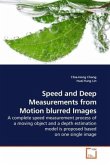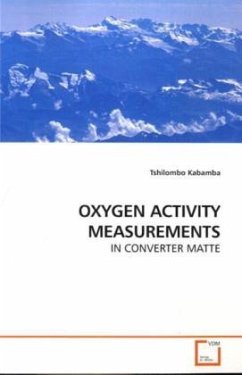The thermal wave technique has been explored for the
use of liquid thermal conductivity measurement and
flow property diagnostics in this dissertation. For
liquid thermal conductivity measurements, an
experimental technique based on the thermal wave
approach is developed. An aqueous fluid consisting of
gold nanoparticles was tested and anomalous thermal
conductivity enhancement was observed. Ourmeasurement results also showed a divergence of
thermal transport behavior between nanofluids and
pure liquids.
For the study of flow property diagnostics, a heat
transfer system with a periodic boundary condition in
a steady flow field is examined. Due to linearity and
homogeneity of the heat transfer system under certain
conditions, a thermal wave field generated by a
periodic heating flux at the boundary of the flow
field may be used to detect important flow field
parameters, such as the velocity gradient at the
wall, and therefore, the wall shear stress.
use of liquid thermal conductivity measurement and
flow property diagnostics in this dissertation. For
liquid thermal conductivity measurements, an
experimental technique based on the thermal wave
approach is developed. An aqueous fluid consisting of
gold nanoparticles was tested and anomalous thermal
conductivity enhancement was observed. Ourmeasurement results also showed a divergence of
thermal transport behavior between nanofluids and
pure liquids.
For the study of flow property diagnostics, a heat
transfer system with a periodic boundary condition in
a steady flow field is examined. Due to linearity and
homogeneity of the heat transfer system under certain
conditions, a thermal wave field generated by a
periodic heating flux at the boundary of the flow
field may be used to detect important flow field
parameters, such as the velocity gradient at the
wall, and therefore, the wall shear stress.








